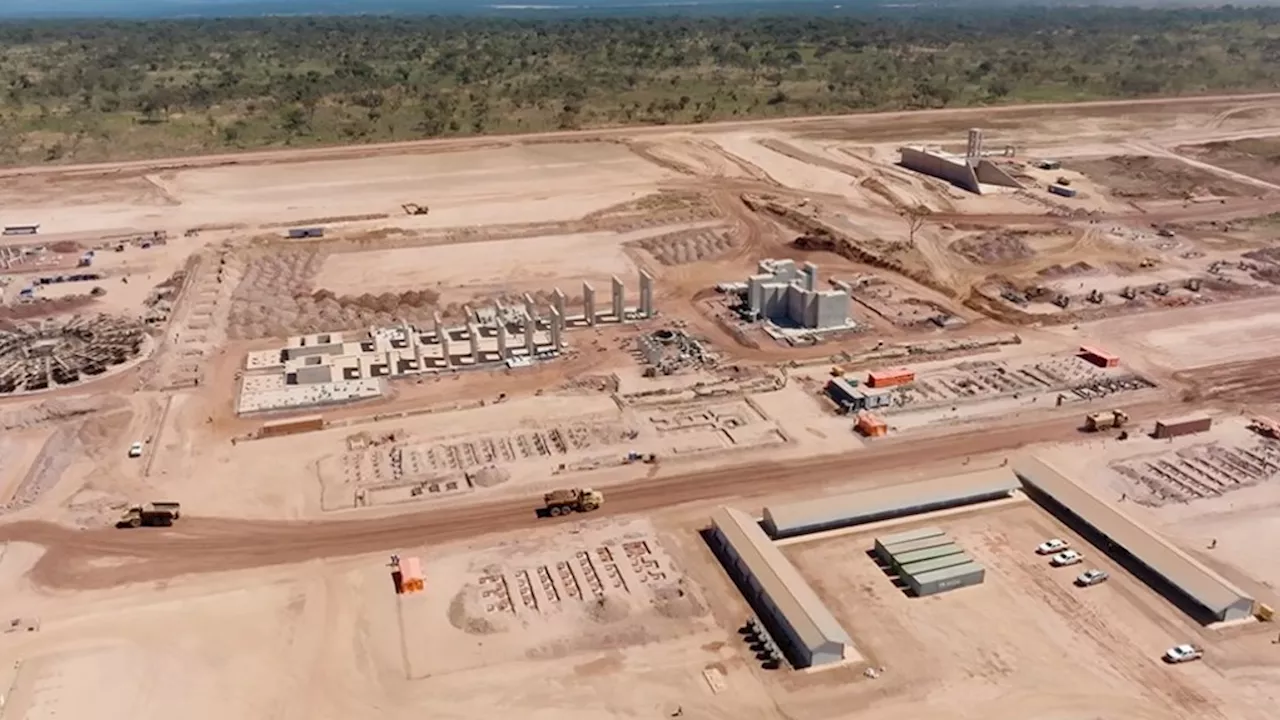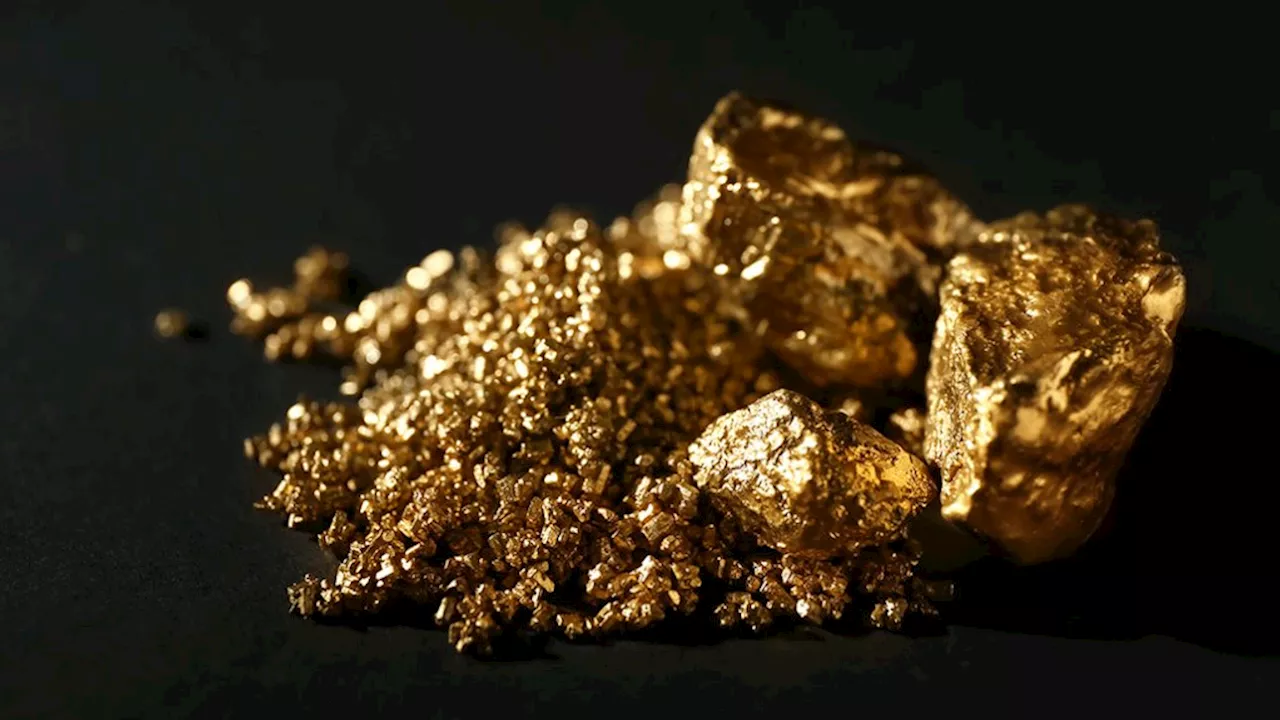They're 1,000 times stronger and brighter than average lightning, and scientists have finally found a cause of these dramatic flashes of electricity.
A lightning bolt strikes the sea near Fort St Elmo during a storm in Valletta, Malta, on February 27, 2019. The highest concentration of superbolts have been observed in the Mediterranean Sea, the North Atlantic, and the Altiplano in Peru and Bolivia—regions where storms' charging zones are closer to the Earth's surface.Lightning’s rattling cracks and surges of illuminated energy have long prompted puzzling scientific queries.
This photo taken on Aug. 5, 2023, shows lightning striking over the Adriatic Sea off the shore of Makarska, Croatia. While most lightning strikes land, the majority of superbolts occur over water in areas such as the Mediterranean and North Atlantic., which showed that superbolts tend to cluster in certain parts of the world: the Mediterranean Sea, the Northeast Atlantic Ocean, and one of the tallest plateaus on Earth, the Altiplano in Bolivia and Peru.
“It’s a difficult problem to solve because these superbolts occur so infrequently, maybe a few times per year. With the oceanic storms, I could see this being a correlation issue or a causation issue,” Peterson says. “We don’t have so much of a baseline to go off of in terms of how [superbolts] arise, and hopefully this research provides a piece of that.”Efraim notes that understanding the cause of superbolts will be important to determining how they could impact society.
“It's very complicated because we cannot say for sure what would affect what yet, but it's certainly something that can be modeled,” Efraim continues. “I think that’s the impact of our research—we found a big piece to the puzzle, and this information can now be implemented and incorporated into global models.”
México Últimas Noticias, México Titulares
Similar News:También puedes leer noticias similares a ésta que hemos recopilado de otras fuentes de noticias.
 10,000,000,000,000x the Energy of Visible Light: Pulsar’s Record-Breaking Gamma Rays Baffle ScientistsScience, Space and Technology News 2023
10,000,000,000,000x the Energy of Visible Light: Pulsar’s Record-Breaking Gamma Rays Baffle ScientistsScience, Space and Technology News 2023
Leer más »
 Strandline readies for zircon salesMineral sands miner Strandline Resources is poised for the first 15 000 t of zircon in concentrate shipment from its Coburn mineral sans project, in Western Australia, later this month. A second shipment of a minimum of 5 000 t of chloride ilmenite is also scheduled for this month.
Strandline readies for zircon salesMineral sands miner Strandline Resources is poised for the first 15 000 t of zircon in concentrate shipment from its Coburn mineral sans project, in Western Australia, later this month. A second shipment of a minimum of 5 000 t of chloride ilmenite is also scheduled for this month.
Leer más »
 Ivanhoe reports another strong quarter at Kamoa-KakulaThe Kamoa-Kakula Copper Complex, in the Democratic Republic of Congo (DRC), has produced a record 103 947 t of copper in concentrate during the third quarter, parent company Ivanhoe Mines reports. This has taken production for the nine months to September 30, to 301 336 t of copper in concentrate. Ivanhoe maintains its full-year production guidance for Kamoa-Kakula at between 390 000 t to 430 000 t of copper in concentrate.
Ivanhoe reports another strong quarter at Kamoa-KakulaThe Kamoa-Kakula Copper Complex, in the Democratic Republic of Congo (DRC), has produced a record 103 947 t of copper in concentrate during the third quarter, parent company Ivanhoe Mines reports. This has taken production for the nine months to September 30, to 301 336 t of copper in concentrate. Ivanhoe maintains its full-year production guidance for Kamoa-Kakula at between 390 000 t to 430 000 t of copper in concentrate.
Leer más »
 Sumitomo Metal sees global nickel supply surplus widening in 2024The global nickel market is expected to remain in surplus next year as the output of low-grade nickel pig iron (NPI) will continue to grow in Indonesia, Sumitomo Metal Mining said on Thursday. The surplus will widen to 36 000 t from 24 000 t this year as Indonesia's NPI production will increase by 10.3% to 1.27-million tons, after a 16.1% rise in 2023, Japan's biggest nickel smelter said during their half-year market outlook presentation.
Sumitomo Metal sees global nickel supply surplus widening in 2024The global nickel market is expected to remain in surplus next year as the output of low-grade nickel pig iron (NPI) will continue to grow in Indonesia, Sumitomo Metal Mining said on Thursday. The surplus will widen to 36 000 t from 24 000 t this year as Indonesia's NPI production will increase by 10.3% to 1.27-million tons, after a 16.1% rise in 2023, Japan's biggest nickel smelter said during their half-year market outlook presentation.
Leer más »
 Trident underground project, AustraliaA scoping study has demonstrated that the Trident mine has the potential to produce more than 200 000 oz of gold.
Trident underground project, AustraliaA scoping study has demonstrated that the Trident mine has the potential to produce more than 200 000 oz of gold.
Leer más »
 Fenelon gold project, CanadaA preliminary economic assessment has determined average gold production of 212 000 oz/y over 12.3 years.
Fenelon gold project, CanadaA preliminary economic assessment has determined average gold production of 212 000 oz/y over 12.3 years.
Leer más »
